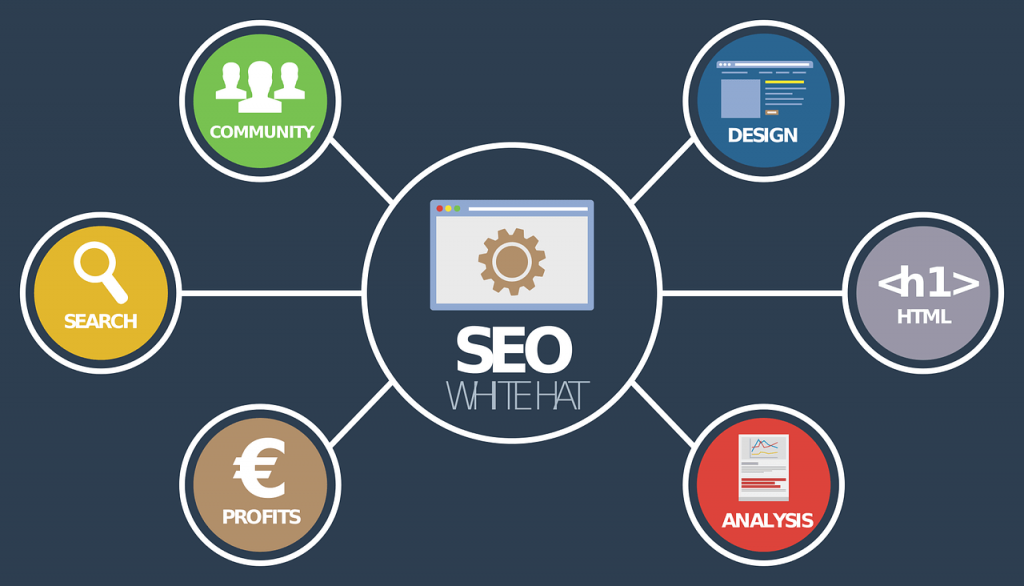How To Make Shopify Good For SEO
An Easy But Smart Shopify SEO Checklist To Boost Your Online Visibility
More and more people choose to shop online nowadays, that’s why it makes sense to build your own online store. When it comes to this, you can opt to establish your Shopify store website, and most of all, implement ways to generate a huge amount of traffic to it. This is what this Shopify SEO checklist aims to guide you with.
Shopify is a very popular e-commerce platform, and being so, it is tremendously in demand. It offers some of the best SEO e-commerce services. It is a surefire way of catapulting the profit of your online store, granting that you optimize it well. Then again, Shopify is predominantly ideal for growing start-ups and small stores on the Internet.
Consider that there is a plethora of online options for shoppers, and you thus must find ways to make your store stand out. The reach of your Shopify website ought to be constantly increased so that you’ll have optimal gains.
The basic and salient ingredient in making your Shopify store successful is SEO. With your SEO strategy obtaining sufficient potential, your website can greatly improve its ranking. As a Shopify SEO agency, we have a lot of tips for you

How To Optimize Your Shopify Online Store: 7 Surefire Ways
The following is a Shopify SEO checklist that includes 7 surefire ways to boost the visibility of your website online.
- Use clear URLs. People visit your website in the hopes of finding a solution. If, in any way navigating your website becomes confusing, these potential customers might lose interest and look for answers somewhere else. Check your content. Make sure that they are clear and straightforward. The same thing with your URLs. See to it that they are not vague or difficult. How do you create that? A URL that is clean is short, neat, simple, and easy to understand. By all means, your shoppers should be comfortable in locating your URL, and the same goes for search engines.
- Utilize a secure socket layer or SSL certificate. You will know that a website uses SSL if it is featured with ‘https://’. A website with a ‘https://’ is actually preferred by search engines over those with only ‘http://’. Using a SSL certificate allows you to rank better in search results. When this happens, it means more customers can access your Shopify store, and you’ll have a larger prospect for conversions. The thing with a ‘http://’ website is that it shows a warning when people visit it, unlike a website with a SSL certificate. Looking more safe and convenient, prospects are thus more likely to purchase from a ‘https://’ website. When you set-up your online store, Shopify makes it easier for you to get a SSL certificate.
- Arrange the structure of your site so that it is organized and convenient. It is important that you incorporate high quality content on your Shopify store. But then, you should also be keen on how you present this content on your website. Customers should be able to easily find the information that they are looking for. It is a smart move as well to show this information in a continuous series so that people will spend a longer time exploring your website. A simple and convenient website usually does not contain a lot of categories and subcategories. Whatever options there are, they should be readily visible and can comfortably be accessed on your online store. When building the structure of your Shopify store, keep in mind the needs of your customers. Remember that you are constructing your website for their convenience.
- Focus keywords should be contained in your titles and headings. Your webpage should be able to catch the attention of your visitors through its titles. In the same way, titles are used by search engines to rank your website and categorize it. How do you allow search engines to rank your website high via its titles? The key is to include focus keywords in them. Be mindful of the headings because they also play a crucial role in ranking your site higher in search engines. Well-constructed headings will have search engines indexing your website content accordingly. By making better headings, your visitor will appreciate the positive user experience of your store. On every page of your site, include an H1 title so that visitors can easily find and understand your content.
- Enhance the user experience of your online store. When building your website, prioritize positive user experience. In this sense, you have to make sure that the content you provide is valuable, and that the design of your website is responsive. Content can be easier accomplished, but pertaining to a responsive website design, you must take into account the presentation of your Shopify store on desktops, tablets, and smartphones. The user experience of your website is enhanced if it has an orderly and simple presentation, and this results to your visitors spending more time looking through your store. Note that time-on page is one of the criteria Google places in terms of ranking a website higher.
- Put more emphasis on backlinking. Obtaining a significant amount of traffic to your website needs you to highly consider backlinks. Through backlinks, you get traffic from another content as it redirects to your website. So from another person’s content, you are able to gain a new set of visitors for your online store. This means that by backlinking, you are able to garner an additional inflow of traffic towards your Shopify website. What are ways to get backlinks? First is by building high-quality content. You are likely to get backlinks if the content you provide is of value and top-notch. Offering outstanding products or service may also impress your customers, and they would therefore give you good reviews.In fact, you might obtain user-generated content or UCG, along with authentic backlinks. Have influencers try your products and/or service, too, which can consequently have you getting referrals and backlinks from these parties. Contact relevant people online, and ask them to link back your content to theirs. That’s why you need to establish good relationships with other website owners, other than creating and providing good quality and valuable content.
- Find the right target keywords. Using the right keywords is one of the major assets of getting more traffic for your website. How do you find the right target keywords to include in your Shopify online store? Initially, list about 5 main topics that are related to the products and/or service that you provide and whatever would interest your audience. Put yourself in your customers’ shoes and decipher what terms or phrases they are likely to type in the search engines when looking for the products/service that you provide. Your persona must be that of your buyers when noting down your target keywords. Other than this, you can do your research by looking through forums, hashtags and subreddits. Check the websites of your competitors and explore their titles, meta-descriptions, and image alt-text. You would be able to get good ideas for target keywords through these sources.
Take Note Of This Smart Shopify SEO Checklist
These are the 7 surefire ways in your Shopify SEO checklist that can significantly boost your website ranking on search engines. Utilized well and properly, these simple strategies can guide you through in optimizing your website by attracting and obtaining more visitors and successfully achieve higher rates of conversions.



